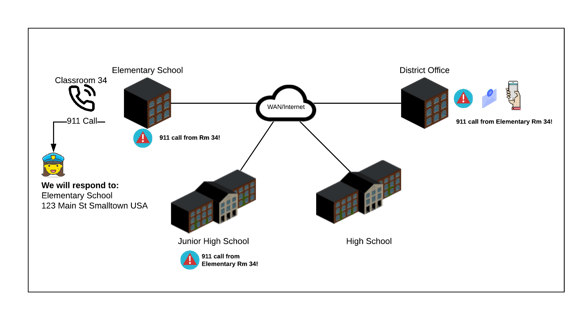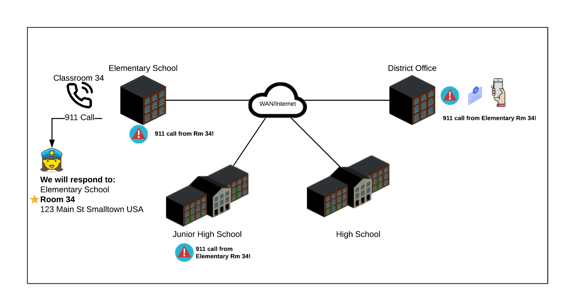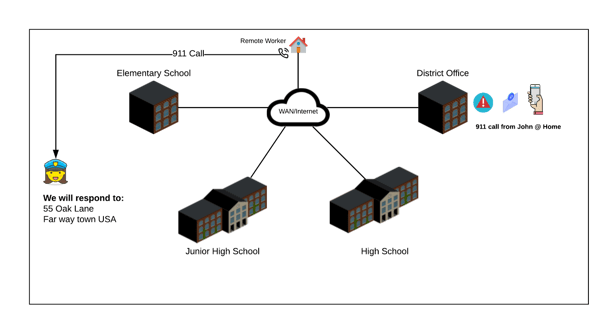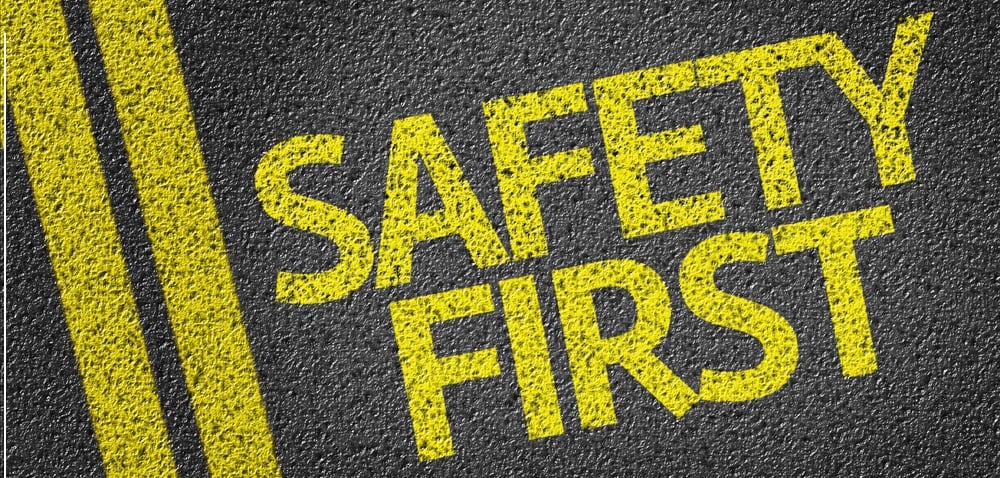The world, and our priorities, have changed dramatically in the past 45 days. If you are like me, you came into 2020 with a list of tasks you wanted to accomplish for the year. Then March 2020 hit and our plans went out the window.
In the mayhem, we have had to adapt to a new list of priorities to keep our organization running. Unfortunately, in the process, we have taken our eye off of some significant changes in public safety.
Emergency calling to 911 have had some requirement changes, which need to make it back into the spotlight. Most people take for granted that 911 will be there if and when it is required, but is it working correctly today, and will it meet the needs of tomorrow?
I am going to review the current state of 911 for many organizations and then explain some of the new features your phone system is required to provide. Some of these requirements should already be in place, and others have phased due dates. The last phase is not required until 2022 but directly impacts the growing remote workforce.
My use cases are focused around K-12 since schools are a straightforward use case to understand, but these changes affect all industries. If you have a multi-line phone system, you need to follow these requirements.
Traditional 911 dialing (typical environment)

Most organizations do not have their employees sitting under the same roof and thus must have a system that can recognize which building each caller resides. Your locations may be in the same town, while others may be miles away or even across state boundaries.
If a 911 call goes out with the wrong building address, the ramifications can range from a mild inconvenience to life changing. This incorrect information slows down the response time of the first responders and could mean the difference between life and death.
This 911 functionality should be in place today, but I have seen many environments where it does not work correctly. If you don't test this already, please figure out a way to schedule it.
Kari's Law
Effective Date: February 2020 (this should be in place already)
There are two critical parts to Kari's Law:
- Users must be able to dial 911 without an 8 or 9.
- Internal notification sent out when a user dials 911.
If we go back to our original example, let's imagine that during an after-school activity, a student has a medical emergency. The teacher or a student picks up a phone and dials 911.
The 911 operator can communicate with the person in the room and begin dispatching first responders, but there could still be a significant amount of time before help arrives onsite. What if trained first responders are in the building already? It would be beneficial to notify other people in the building who can either respond immediately to the situation or help route first responders once they arrive.
The exact nature of notifications will vary based on your environment, but here are examples that I have deployed:
- Update local IP Phones to show a 911 call has gone out, along with the location of the phone. This functionality is typical for administrators, nurses, safety officers, etc.
- Update remote IP Phones to show a 911 call has gone out, along with the location of the phone. This functionality is typical for superintendents, business officials, safety officers, etc.
- Send an email or text message, which includes the location of the phone.
- Update digital signage to show 911 has been called, along with the location of the phone.
- Start a conference call and automatically join the internal first responders. The conference call allows for faster coordination to the response and reduces duplicate efforts.
Ray Baum's Act – Phase 1
Effective Date: January 2021 (the FCC has not extended this date due to Covid at this time)
This regulation is vaguer in its definition, but the law intends to provide granular location information to the 911 dispatcher.
Consider the above school example again. This time a custodian is in a building late at night and is the only person left at that location. A medical emergency happens, and the custodian can reach a phone to dial 911 but then is unable to communicate with the 911 operator.
The only information the first responders have is that someone needs help at 123 Main St. The first responder arrive at the 200,000 sqft building and have the time-intensive task of finding the caller; time the caller may not have.
The purpose of this law is to reduce the response location to a reasonable size, which allows first responders to locate and triage the patient quickly.
The reason I say the law is vague is that the term "dispatchable location" is mentioned but does not provide specifications. It does not state if this needs to be an exact room number, or if a floor or wing is adequate. This level of detail will need to be determined by your environment and technical feasibility.
Ray Baum's Act – Phase 2 (Mobile / Remote Phones)
Effective Date: January 2022
This requirement only impacted a subset of organizations a few months ago with a remote workforce. During and post-COVID, it is fair to say that almost every organization needs to consider the ramifications.
Have you given any employees access to a physical phone, softphone, or mobile calling app? Have you thought about what would happen if they have an emergency and try to dial 911 from this device? In my experience, 1 of 2 things would happen today:
- The remote phone would get a busy signal. You may have even put a sticker on the phone that says, "Do not call 911," and had them sign a document. This method is no longer allowed!
- The call goes out and shows the main office address. If this address is in a different town or state, this could be a significant problem since the 911 center answering the call may not service their address.
There are solutions available that will allow remote works to dial 911 and have it routed to the correct 911 center.
Even though this requirement does not go into effect until January 2022, organizations should take ownership of this gap as soon as possible to protect their employees.
Conclusion
The world is filled with uncertainty right now. What will the "normal" workplace look like 1-6-12 months down the road? I have a few educated predictions, and they all require an organization to provide some level of telephony service to their staff and customers.
The new regulations discussed have been public knowledge for over a year but have not received the attention they should. Emergency planning is always underfunded and underappreciated until that emergency happens.
The cost of not responding to these changes is clear: you open the organization up to the risk of litigation or fines, and you jeopardize the health of your employees.
Here are a few questions from my last post which you should ask yourself:
- Who in my organization is responsible for emergency service?
- When is the last time we have reviewed our emergency procedures?
- When is the last time we have tested our emergency procedures?
- Can I dial 911 directly, without an '8' or '9'? Have we tested that from multiple locations?
- If a 911 call is placed right now, how are my internal first responders being notified?
- If a 911 call is placed right now, will first responders know how to reach the caller?
- What happens if my remote employees have an emergency and try to call 911?
Thank you for taking the time to read. If you would like to discuss these changes and how it affects your environment, please contact us below.
 |
Mike Hurley, CCIE, CISSP |



